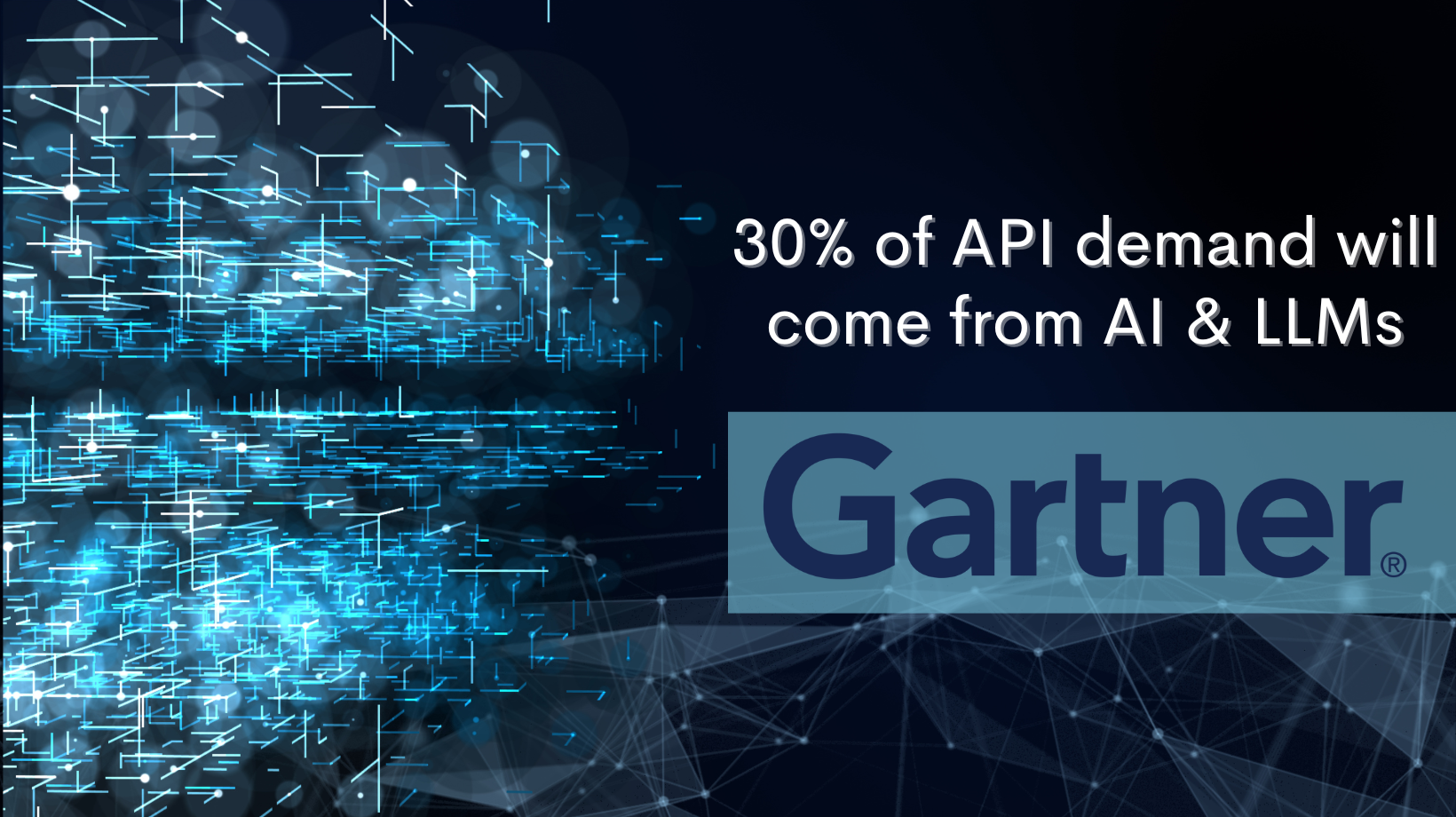The debate around the future of Robotic Process Automation (RPA) has two good sides. One strongly argues that the technology has seen better days, and its market is saturated. The other side claims it is yet to see the best of its days and is readying to take off. There is no one correct argument on this topic since your impression of automation depends on your industry and requirements.
The market for the technology is growing at a remarkable rate. RPA sales are expected to reach $2.9 billion by 2022, putting the growth rate at 19.5%. The CAGR is expected to grow at a rate of 28.3%, taking the market value to $32.7 billion by 2030. Now that we know the market for RPA is increasing let us get to the actual question. Is the technology dead?
The short answer is no. The long answer is, to correctly answer this question, we must understand what RPA means now. Sticking to its core definition might make RPA appear like a saturated technology with no room for growth. The technology evolved from a simplistic tool that follows the rules and executes repetitive tasks that humans are tired of. It can now read emails, solve queries for customers, and process documents.
RPA’s journey is appreciable, and the technology made a few friends along the way. The success of automation made companies realize the need for automation in more critical and complex business processes. Of course, Robotic Process Automation alone cannot deal with complex processes. But leveraging and combining it with Artificial Intelligence (AI) got them what they needed. Technologies like Machine Learning (ML), Natural Language Processing (NLP) combined with RPA brought about a new technology called Intelligent Automation. New concepts and technologies like composable enterprises, semantic automation, and cognitive automation keep emerging, trying to increase efficiency with automation.
All of this only makes it certain that the RPA industry will experience a lot of change in the future. As more people appreciate automation’s benefits, more will be needed to transform new processes digitally. For example, driving changes in any department by extracting information from unstructured data seemed beyond the scope of automation. But by combining RPA with AI, we can avail data, categorize it and process the information. Through this, businesses can gain valuable insights into many departments in a company, especially a customer service and experience. Using RPA with big data analytics can render deep insights to identify gaps and suggest improvements in operations.
The moral of the story is that RPA does not mean what it meant ten years ago. It is and will always be a requirement in any company. Worst case scenario, we can expect the technology to reach a point where it is outdated. That does not mean businesses will run out of the need for it. It will exist as a part of a company’s processes, freeing employees to solve problems that need human intelligence.































